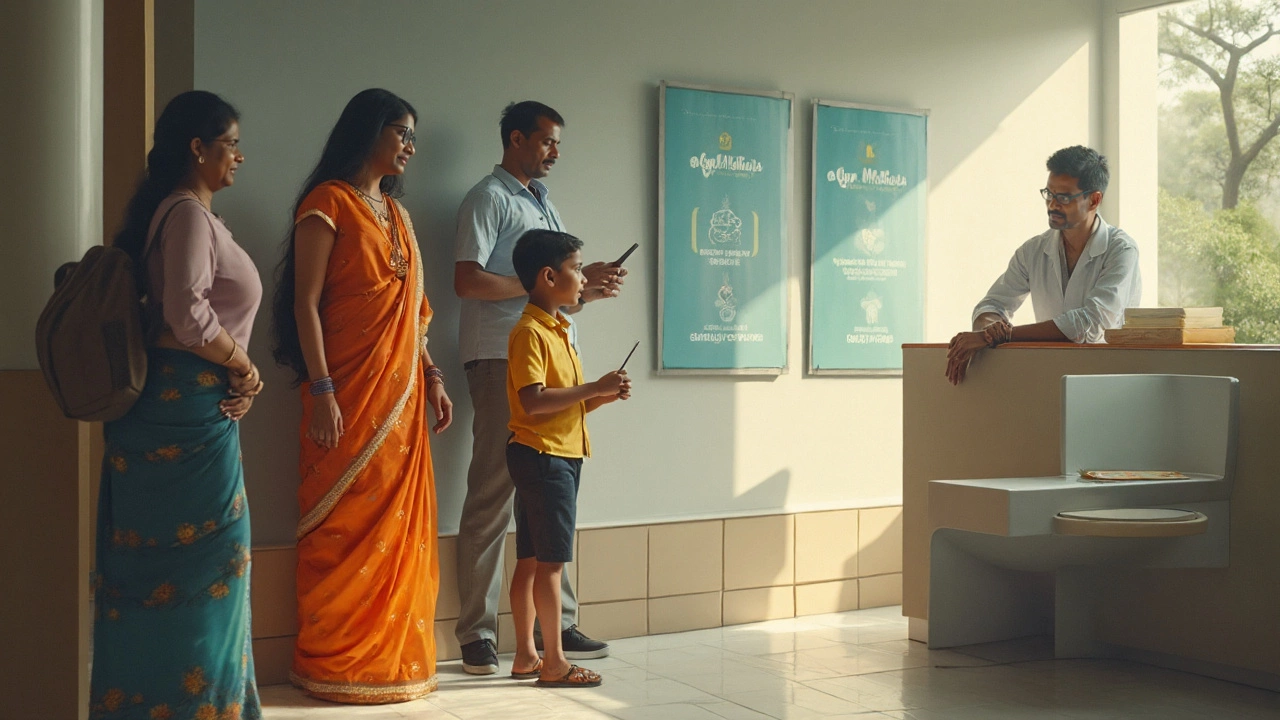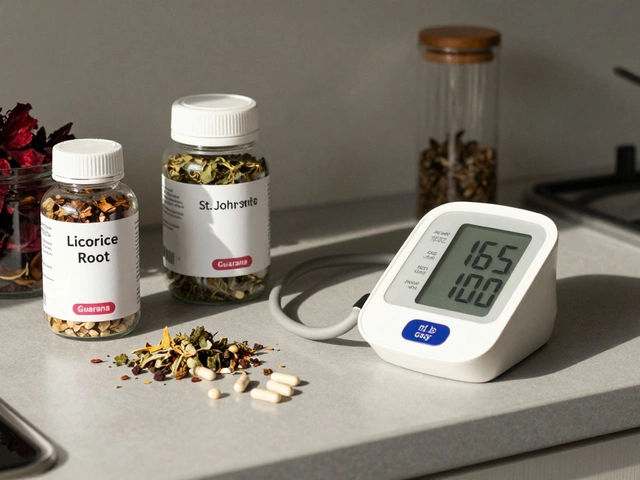Complimentary Health Check Up: What It Is and How to Use It
If you’ve ever wondered why hospitals talk about a "complimentary health check up," you’re not alone. In plain words, it’s a free set of basic tests that give you a snapshot of your current health. No hidden fees, no fancy equipment you can’t understand – just a quick screen to catch problems early.
What’s Usually Covered?
Most free check‑ups include blood pressure, blood sugar, cholesterol, a basic blood count, and a quick look at your weight and BMI. Some hospitals add a urine test, a simple eye check, or an ECG if they think it’s needed. The goal is to spot high blood pressure, diabetes, or heart risk before they become serious.
Who Offers These Free Screenings?
Public hospitals, many corporate wellness programs, and a handful of private clinics run complimentary check up camps. In India, you’ll often see them advertised during health weeks, on World Health Day, or as part of a company’s employee benefits. They’re also common in community health drives organized by NGOs.
To find one near you, start with a quick Google search: "complimentary health check up near me" or check the website of your local government health department. Social media pages of hospitals also post dates for upcoming free camps.
When you sign up, you’ll usually need a valid ID and sometimes a recent address proof. Some places ask for a short health questionnaire so they can tailor the tests to your age and risk factors.
Preparation is simple. Arrive fasting if you’re told to do a blood sugar or cholesterol test – that usually means no food or drink (except water) for 8‑10 hours. Wear comfortable clothing and bring a list of any medicines you’re taking. This helps the doctor understand any readings that might be off because of a drug.
During the check up, a nurse will take your vitals, draw a small blood sample, and maybe run you through a quick visual test. The whole process typically takes 20‑30 minutes. You won’t need to stay overnight or schedule multiple appointments.
After the tests, a doctor will review the results with you. They’ll point out anything alarming, suggest lifestyle tweaks, and tell you if you need a deeper exam. Often, you’ll get a printed report you can keep for your records.
Even if everything looks normal, the free check up is a good excuse to ask questions. Want to know why your cholesterol numbers are where they are? Ask about diet changes. Curious about your blood pressure trends? Ask for a simple home-monitoring guide.
One common mistake is thinking a free screen is a full medical exam. It isn’t. It’s a starting point. If the doctor spots something that needs more attention, they’ll schedule a proper appointment, which may involve a fee.
Make the most of it by preparing a short list of concerns you’ve had – occasional chest tightness, frequent headaches, or any new symptom. Having these notes helps the doctor focus on what matters to you.
Finally, keep the report safe. You’ll need it if you decide to see a specialist later, or if you want to track changes over time. Some people store it in a health app or a simple folder at home.
In short, a complimentary health check up is a hassle‑free way to get a quick health snapshot. It’s free, it’s fast, and it can catch issues before they become big problems. Take advantage of the next free camp you see – your future self will thank you.





